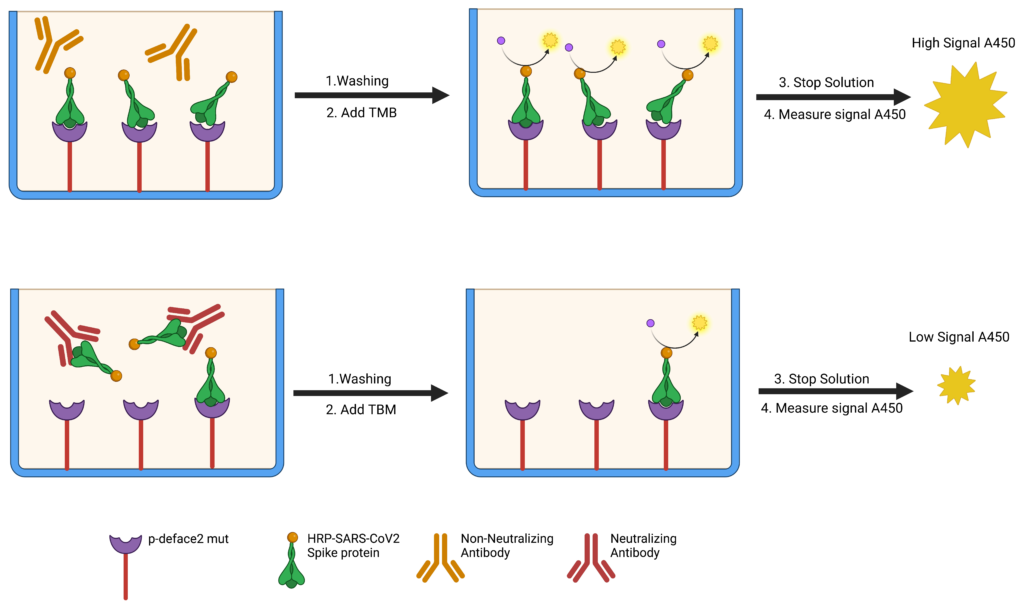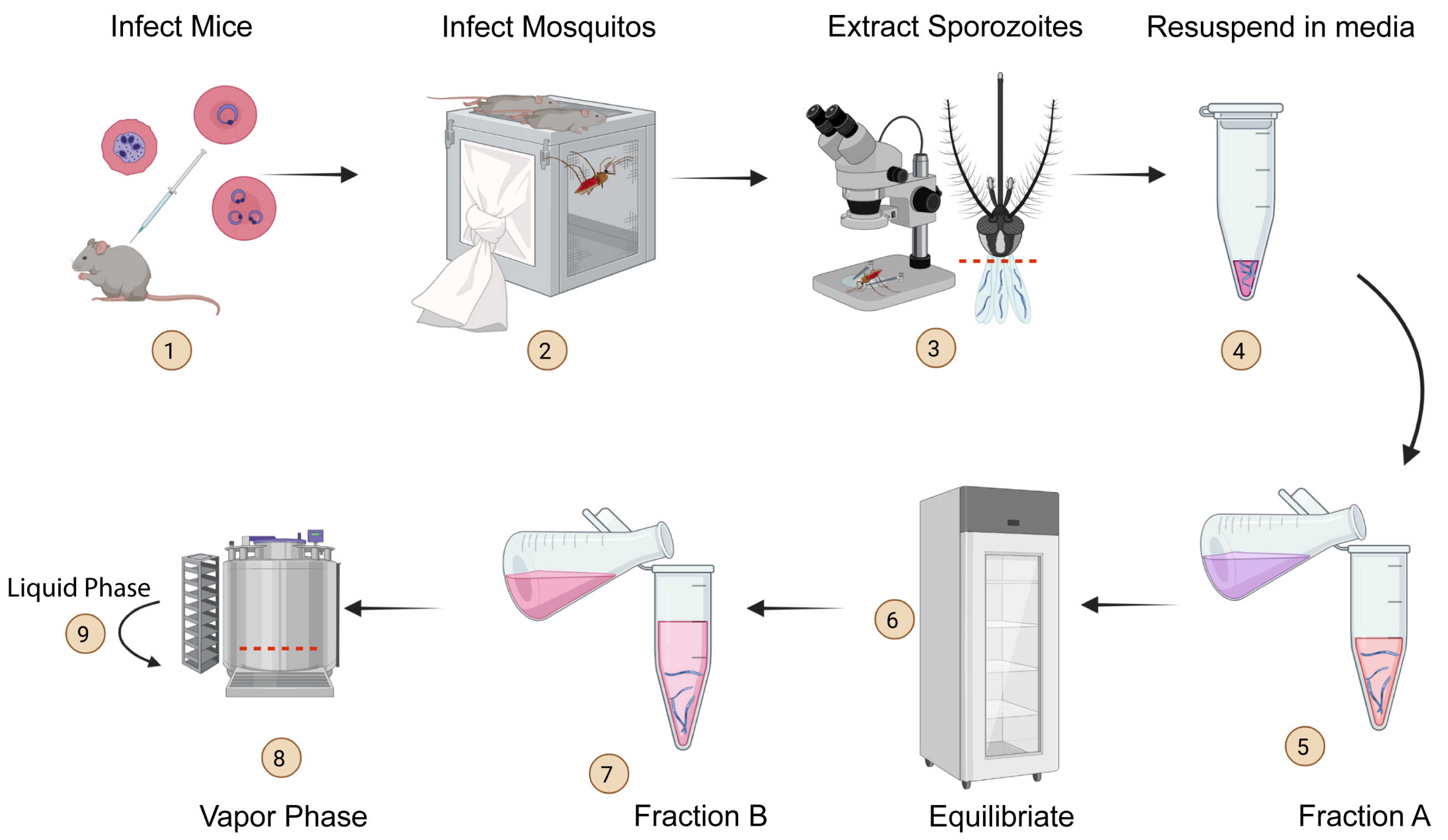Delayed Activation of T Cells at the Site of Infection Facilitates the Establishment of Trypanosoma cruzi in Both Naive and Immune Hosts
Although parasite entry through breaks in the skin or mucosa is one of the main routes of natural transmission of Trypanosoma cruzi, little is known about the host cell types initially invaded nor the ability of those host cells to initiate immune responses at the site of infection. To gain insights into these early events, we studied the fate of fluorescently tagged T. cruzi delivered subcutaneously in mouse footpads or ears. We demonstrate that the majority of parasites introduced into the skin initially proliferate there until 8 to 10 days postinfection, when the parasite load decreases. This decline in parasite numbers is dependent on the presence of an intact T cell compartment and on the ability of hosts to produce gamma interferon (IFN-γ). Many of the parasite-containing cells at the initial infection site display a macrophage/monocyte phenotype but with low expression of activation markers, suggesting that these cells provide an early niche for T. cruzi proliferation, rather than being active in parasite control. It is only after the first round of T. cruzi replication and release from host cells that signs of immune activation and control of parasites become apparent. The delay in the activation and failure to rapidly control parasite replication are observed even when T. cruzi-primed T cells are present, such as in chronically infected mice. This failure of a primed immune system to recognize and react prior to extensive parasite expansion at the infection site likely poses a significant challenge for the development of vaccines aiming to prevent T. cruzi infection. IMPORTANCE Trypanosoma cruzi, the parasite causing Chagas disease, usually infects through the mucosa or breaks in the skin, but little is known about the parasite’s fate at the site of entry or the early events involving immune control there. Here, we track the local proliferation and subsequent dissemination of fluorescently tagged T. cruzi and the initial immune response at the point of entry. We show that T. cruzi preferentially infects innate immune cells in the skin and that the stimulation of an adaptive T cell response does not occur until after the release of parasites from this first round of infected host cells. This first immunologically “silent” proliferation occurs even in the presence of a strong immune T cell memory generated by previous infection. This capacity of T. cruzi to establish infections while avoiding initial immune recognition has important implications for the potential to develop vaccines to prevent T. cruzi infection.
Angel M Padilla, Charles Rosenberg, Peter Cook, Fernando Sanchez-Valdez, Caroline McElhannon, Rick L Tarleton. mSphere. 2023 Jan 25;e0060122. doi: 10.1128/msphere.00601-22.













